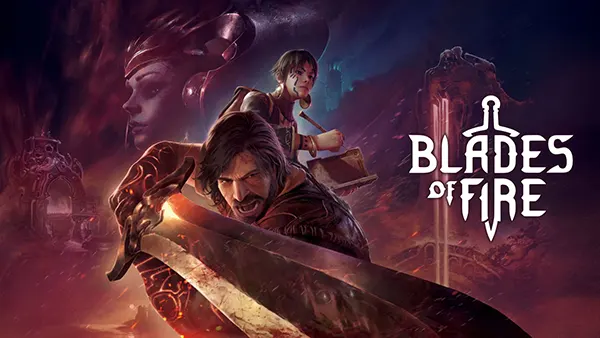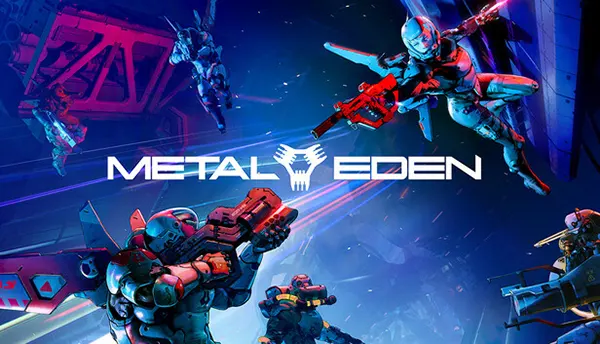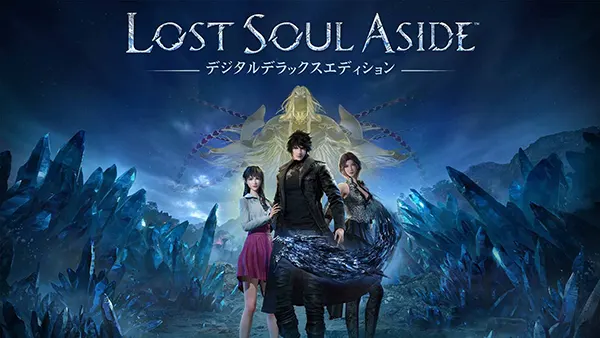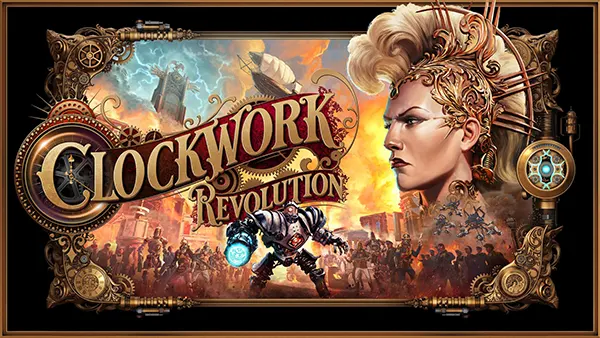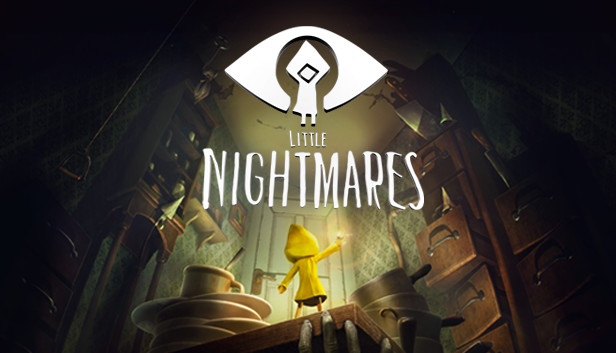Dead Cells: In-Depth Review of the Acclaimed Roguelike Metroidvania
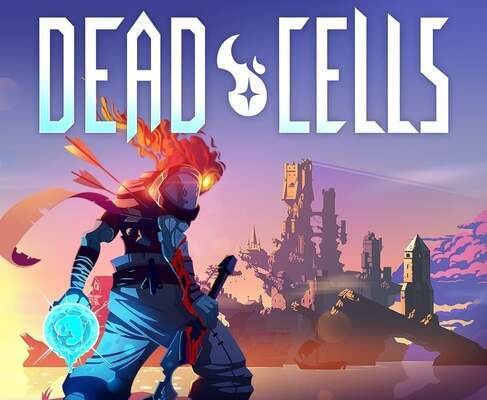
Dead Cells is an action-packed roguelike Metroidvania that has captivated players with its fluid combat, dynamic world, and ever-evolving gameplay. Developed by Motion Twin, this title has become a staple in the indie gaming scene, blending fast-paced combat with intricate level design and procedural generation. Players take on the role of a reanimated corpse navigating a cursed island, fighting through procedurally generated dungeons filled with challenging enemies and deadly traps.
Since its early access release in 2017 and full launch in 2018, Dead Cells has continued to receive updates and expansions, keeping the experience fresh for both newcomers and veteran players. With a rich arsenal of weapons, diverse enemies, and an ever-changing world, the game offers an addictive challenge that rewards skill and adaptability. But what makes Dead Cells stand out in an overcrowded genre? Let’s take a deep dive into its core mechanics, artistic direction, difficulty curve, and overall impact.
Gameplay and Mechanics
At its core, Dead Cells combines the exploration of Metroidvania games with the permadeath mechanics of roguelikes. The game features a procedurally generated world, meaning each run is different, with new enemy placements, items, and pathways. The combat system is fluid and highly responsive, rewarding quick reflexes and precise timing. Players can choose from an extensive arsenal of weapons, from swords and bows to powerful magic spells and traps, each offering unique playstyles.
Progression in Dead Cells is defined by its risk-and-reward system. While death is permanent, players retain collected Cells—used to unlock permanent upgrades and new weapons. These upgrades add depth to the gameplay, allowing players to experiment with different builds and strategies. Additionally, the movement mechanics, including dodge rolls, double jumps, and wall climbing, make for an exhilarating combat experience where skill and strategy dictate success.
One of the most intriguing aspects of Dead Cells is its “Branching Paths” system, which lets players choose different routes through the game world. Some paths are harder but offer greater rewards, while others provide a safer, more manageable experience. This system ensures that no two runs feel the same, adding to the game’s overall replayability.
Visual Style and Atmosphere
Dead Cells boasts a stunning pixel-art aesthetic that brings its dark fantasy world to life. The game’s environments are richly detailed, from the decaying corridors of The Prisoner’s Quarters to the eerie depths of The Forgotten Sepulcher. Each area features a distinct color palette and unique enemy designs, ensuring that exploration remains visually engaging.
The animation work is equally impressive, with smooth, fluid movements that make combat feel both impactful and satisfying. Enemy attacks, weapon swings, and dodge rolls all have distinct animations that contribute to the game’s excellent readability—an essential aspect for a title that demands quick reactions.
Complementing the visuals is an atmospheric soundtrack composed by Yoann Laulan. The music blends haunting melodies with intense battle themes, perfectly matching the game’s tone. The sound design, from the crunch of a well-placed sword strike to the ambient noises of the island, further immerses players into its world.
Difficulty and Replayability
Dead Cells is known for its punishing difficulty, but it never feels unfair. The game operates on a system where death is a learning experience rather than a setback. Every run provides valuable knowledge about enemy patterns, weapon synergies, and efficient routing through the game’s labyrinthine levels.
With each defeat, players return to the starting area, but with the ability to unlock new weapons, skills, and mutations that can drastically change their approach. This constant cycle of death, learning, and improvement is what keeps players engaged, making every successful run feel like a hard-earned victory.
Additionally, the game offers multiple difficulty tiers through the “Boss Cell” system, unlocked by defeating the final boss. These add new enemy types, increase challenge levels, and even change enemy behaviors, ensuring that even veteran players always have a fresh challenge to tackle.
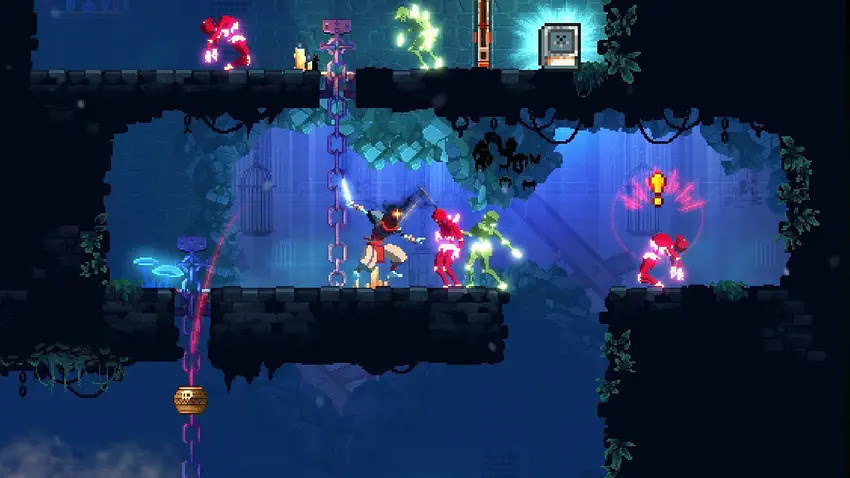
Story and Lore
Unlike traditional narrative-driven games, Dead Cells delivers its story through environmental storytelling and cryptic lore snippets. Players piece together fragments of the island’s dark history by discovering hidden rooms, reading messages left by past inhabitants, and analyzing the twisted architecture of the world.
The player controls a mysterious, headless creature known as The Prisoner, who continually resurrects after death. The world is ruled by an enigmatic King, whose actions have led to the island’s current state—a plague-ridden ruin overrun by monstrous creatures. Throughout the game, players encounter remnants of the past, hinting at sinister experiments and a society that has long since collapsed.
While the game doesn’t force-feed its lore, those who take the time to explore and analyze its world will find a deeply intriguing narrative beneath the surface. This subtle storytelling approach encourages multiple playthroughs and rewards keen-eyed players with fascinating details about the island’s doomed history.
Game Versions and Platforms
Since its release, Dead Cells has been ported to numerous platforms, ensuring that players can enjoy it on their preferred system. The game is available on PC, PlayStation, Xbox, and Nintendo Switch, with each version optimized for its respective hardware. The Switch version, in particular, has been praised for its portability and smooth performance, making it an excellent choice for on-the-go gaming.
In addition to its main console and PC versions, Dead Cells has also been released on mobile devices, including iOS and Android. These versions offer touch controls as well as controller support, allowing for an experience that closely mirrors the console versions. The game has also been added to cloud gaming services, further expanding its accessibility.
Motion Twin has continually updated Dead Cells with free and paid expansions, adding new biomes, enemies, and weapons. These expansions, such as “Rise of the Giant,” “The Bad Seed,” and “Fatal Falls,” provide even more content for players to explore, keeping the game fresh years after its initial launch.
Player and Critic Reception
Dead Cells has received widespread critical acclaim, with many praising its tight gameplay mechanics, rewarding progression system, and stunning presentation. Reviewers have highlighted its blend of roguelike and Metroidvania elements as a perfect balance of challenge and satisfaction. Major gaming outlets have awarded it high scores, with some considering it one of the best indie games of the decade.
Players have also embraced the game, with its community growing steadily over the years. Speedrunners, in particular, have taken to Dead Cells due to its fast-paced movement and optimized routing possibilities. Meanwhile, casual players appreciate the variety of playstyles and the sheer amount of content available.
Despite its difficulty, Dead Cells has remained accessible, thanks to its rewarding gameplay loop and the sense of progression it provides. Whether playing casually or aiming for high-level challenges, the game offers something for every type of player, solidifying its place as a modern indie classic.

